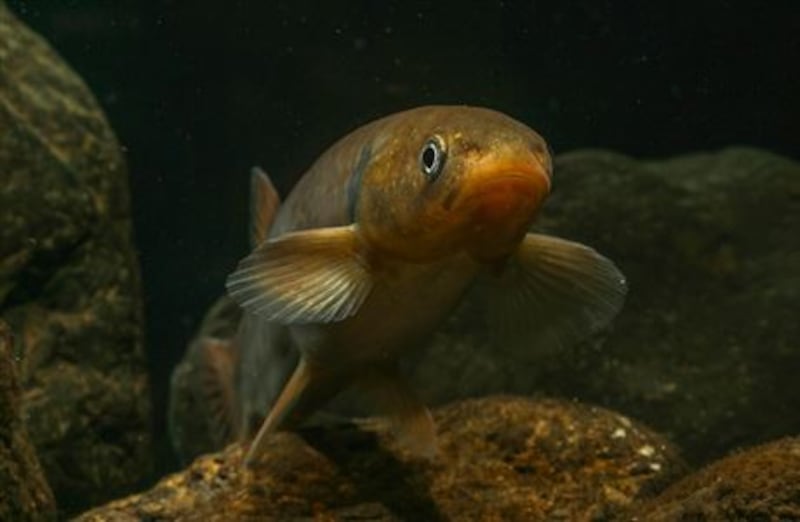A potential new population of Shortjaw kōkopu, one of the five whitebait species, has been discovered in northern Hawke’s Bay, representing what the region’s council says is a breakthrough in its conservation efforts.
The native fish species, classified as threatened and culturally significant was discovered during water testing in the Kopuawhara catchment north of Mahia Peninsula.
“Shortjaw kōkopu are classified as threatened. This rare fish is also taonga, so we are thrilled to discover a potential population in our region,” Hawke’s Bay Regional Council senior scientist Dan Fake says.
Hawke’s Bay Regional Council employed a unique eDNA technique, which identifies DNA shed or excreted by organisms into the natural environment, to confirm the species’ existence in the area.
“There’s more research to be done as eDNA only tells us that they are present, not how many are in the catchment,” Hawke’s Bay Regional Council freshwater ecology technician Andrew Horrell says.
“The next step for us is to find out more about their population size and pinpoint where they’re residing,”
Shortjaw kōkopu sightings on the North Island’s East Coast have been rare, with only a few reported in the Te Tai Rāwhiti Gisborne region.
Considering the proximity of the two populations, the experts believe there might be a connection between them.
“We know the Kopuawhara catchment drains into the sea north of Mahia Peninsula,” Horrell says.
“Given the presence of this species in Te Tai Rāwhiti, it’s anticipated the Hawke’s Bay population has originated from the same larval supply,”
To ensure the preservation of the threatened taonga, the Hawke’s Bay Regional Council says it’s going to collaborate with mana whenua, the Department of Conservation and landowners to conduct a targeted survey that gains deeper insights into the kōkopu population, and develop an effective conservation strategy.


